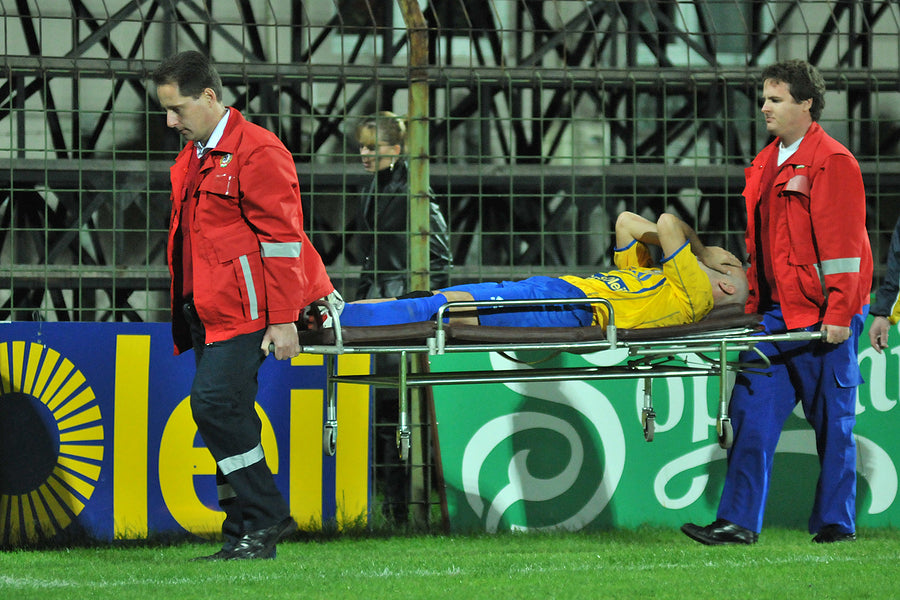With summer coming upon us, sports like football and rugby union will be taking a little break, whereas others, like cricket and tennis, will be in the middle of their seasons. But while elite sports attention will switch from Wembley to Wimbledon and from Twickenham to Trent Bridge, grassroots clubs will have their own priorities.
Those about to end their seasons will be spending the summer planning for the next, which may include renewals of equipment and upgrades to facilities where funds allow.
Sources of funding include bodies like the Football Foundation, which can provide grants for all sorts of equipment from storage and changing facilities to 3G pitches and even - in the form of defibrillators - medical equipment.
Whatever funding you may get for all sorts of equipment and whatever source your money may come from, you should still make sure to invest in a body stretcher.
While a defibrillator might be an obvious lifesaver, a stretcher can be vital in all sorts of emergencies, from someone collapsing with a cardiac arrest to more common injuries, such as a broken leg, knee ligament injury, or concussion.
Indeed, certain kinds of sporting injuries are now becoming more commonly recognised. Improved understanding of concussion has led to new protocols meaning those suffering it should be taken off the field, as a second blow may be fatal, or at least have serious neurological consequences.
Other sporting injuries to be aware of include anterior cruciate ligament injuries in women’s football, something that is far more common than in the men’s game. The reasons behind this may be multiple and are being researched, but the fact is clubs with female teams need to be prepared for the higher risk of a player needing to be carried off with such an injury.
There may be many other reasons a stretcher comes in very handy. Whatever that is, the injured player will be very glad for it, as being able to leave the field this way could enable them to avoid aggravating their injury.

